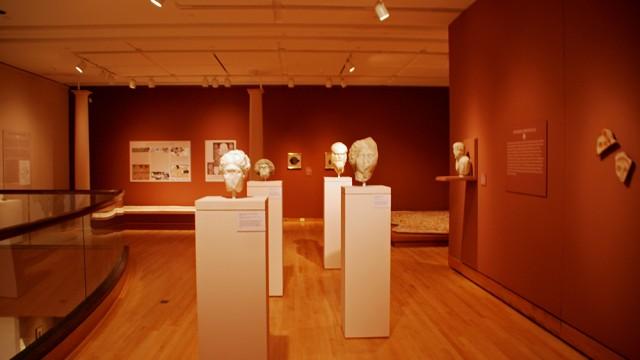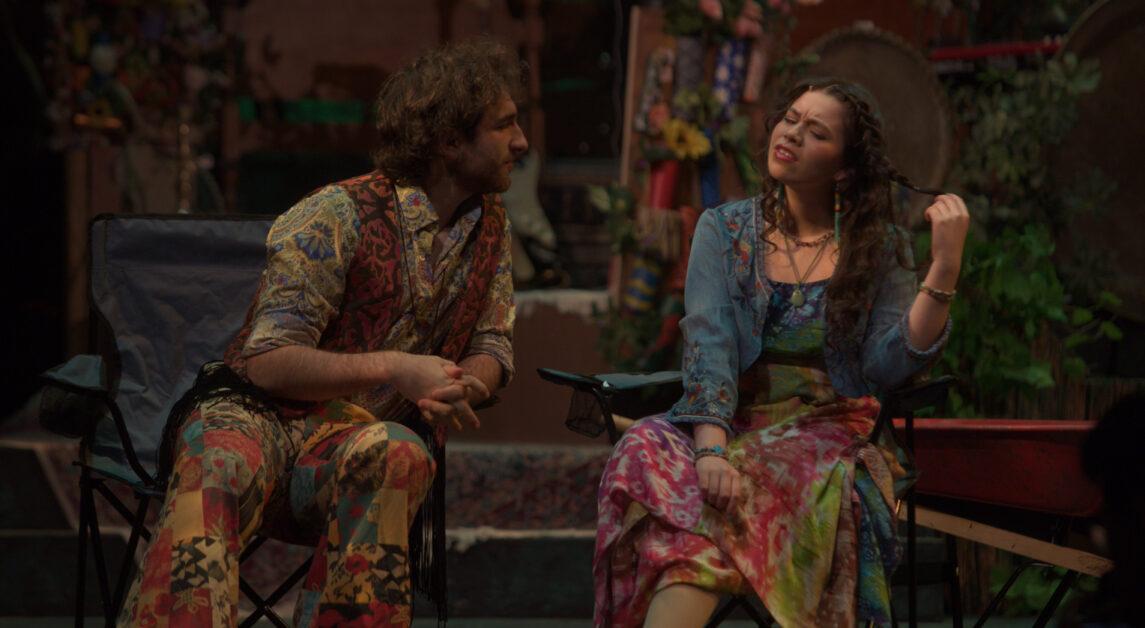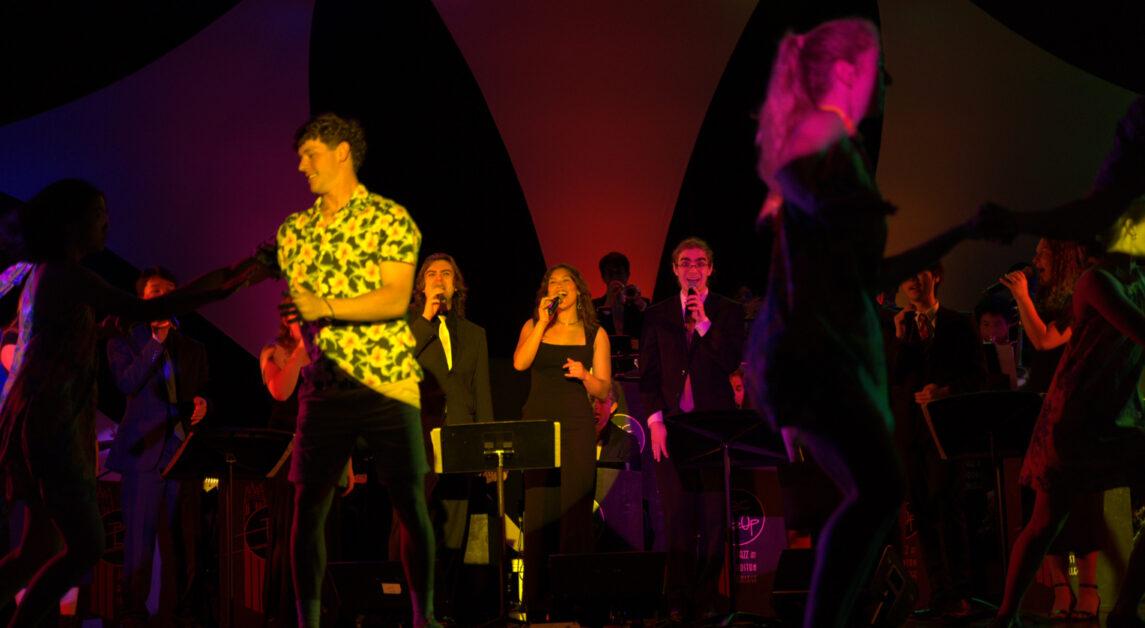Enveloping the whole of the Mediterranean and extending its influence from Babylonia to Britannia, the Romans were as audacious as they were successful. Culturally pervasive, the Romans shaped the world more so in a conquest of culture than any brutal, military conquest of territory. Open through May 31, the McMullen Museum in Devlin Hall is host to a variety of works testifying to this fact, highlighting arts and infrastructure, and how the ideas of the Roman Empire extended far beyond the borders of old Italy.
The exhibit focuses on those provinces to the east, beyond the Mediterranean borders. In the ancient world, diffusing ideals and ideologies across large distances could prove to make or break an empire. These vast distances would be too heavy a load to exercise any meaningful control over native populations. At the same time, the complete eradication of cultural identity is not optimal for suppressing unrest among the newest inhabitant of the Roman Empire. The Romans found ways to mesh what it meant to be Roman, with cultures far different from that of the motherland.
In the various busts from different regions around the Empire, the diversity of beauty in the exhibit can be seen distinctly. The Greek ideal figure is far different from its Tunisian counterpart, and yet each is expressed in fine marble, sculpted in similar fashion with the figures striking similar poses. The expressive nature of beauty in each is unique, yet its execution is very similar. This kind of diversity, blanketed in Roman style, is the perfect blending of dissimilarity and similarity.
The coinage and currency on display uniquely depicts the values of their respective regions. Far different from the faces of the Roman patriarchs which dominate the Roman coin, the coin of the provinces each have their own flavor, with unique seals, gods, and regionally distinct messages. Though each served the same general purpose in the marketplace, the differences in the mint were another way in which these peoples culturally identified themselves within the greater Roman Empire. The coinage itself is well preserved and stunning in age. Each distinct coin was struck by hand and is representative of the human convention of currency stretching far back into the earlier empires.
Also on display are fragments of grand mosaics and small tapestries. Whether originally a large panel spanning the length of a public street or a banner that once hung from the houses of law, both were embroidered or carved with messages of identity in relation to the Roman Empire. Hanging above the barracks in a city, an inscription may declare that the soldiers within serve foremost Caesar and through that service to Caesar, administer imperial justice for the community.



Living under the laws of a ruler in a far away land may have been strenuous to those commissioned to uphold them. These very Roman reminders, etched into walls and marking the streets upon which people walked daily, showed the extent to which they were willing to go to preserve their claims. Art was one way to connect to those people they conquered.
The displays in Devlin are fantastic in nature and are expressive of the beauty of the Roman period They wrap around the edges of the exhibit, inviting visitors to wander to along the edges of the exhibit. Art in this time was as much a political tool as the sword and Romanization and the effects of it can be seen even into the modern age. These relics give glimpses into a time in which power and control could not be easily diffused along empires. The Romans, to their credit, controlled an area that reached far beyond their natural borders and yet, through the aid of their cultural identity, connected on a human level to those they controlled. In an age long before the digital realm, politics and culture travelled across regions through art, because it can speak to all people. It can be quite powerful.
Featured Image By Danielle Fasciano/ Heights Staff













